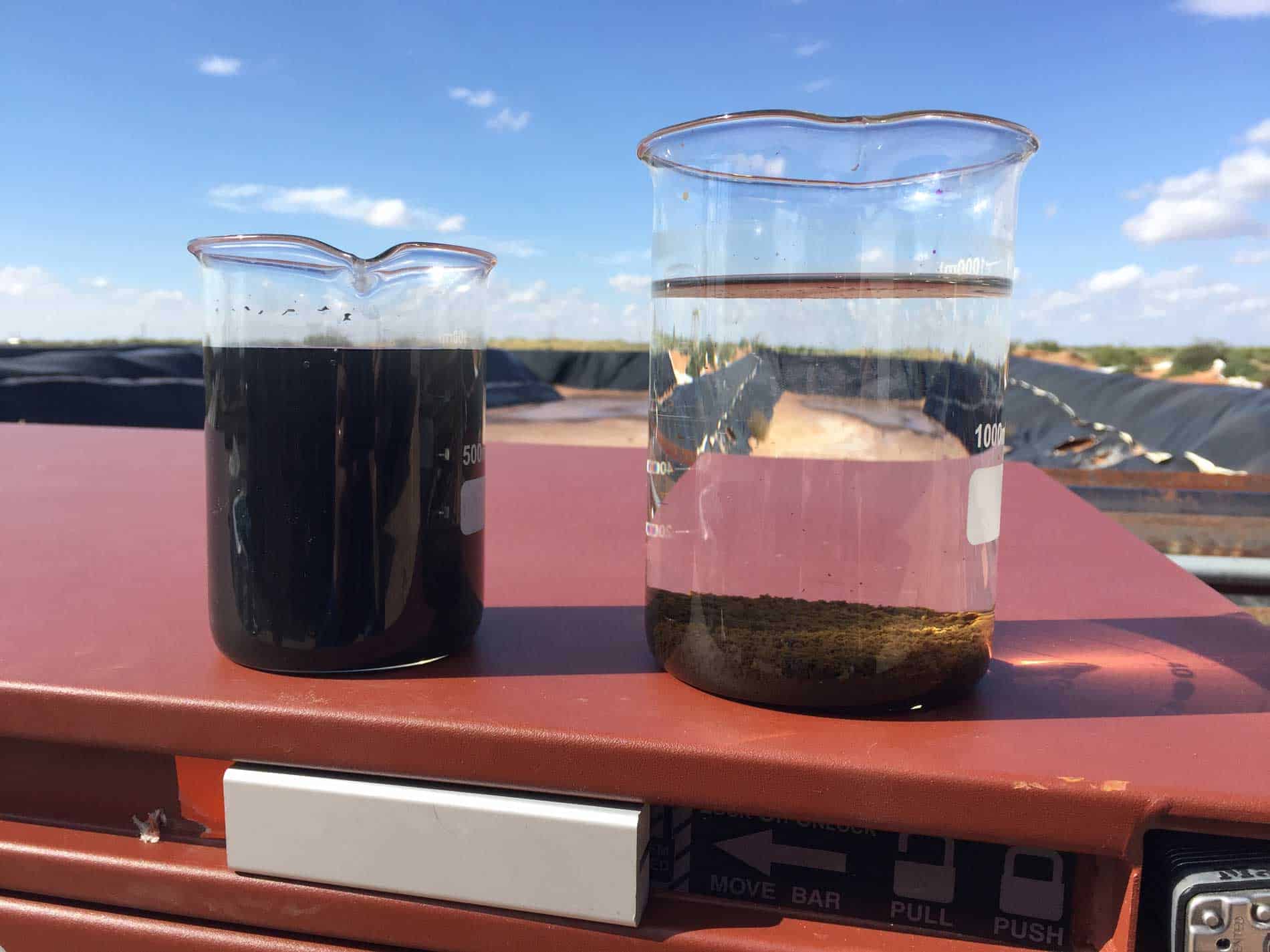GOST 4389 Hardness of Produced Water Test
The GOST 4389 hardness test is a critical procedure used in oil and gas production to evaluate the mineral content, particularly calcium and magnesium ions, in produced water. This analysis helps ensure that water treatment processes are efficient, comply with regulatory standards, and optimize the use of resources within the oilfield environment.
Produced water is a byproduct of oil and gas extraction that contains various minerals and dissolved solids. Understanding its hardness is essential for optimizing water management strategies, minimizing corrosion in pipelines, and ensuring the longevity of production equipment. The GOST 4389 test provides precise data on the total hardness of produced water, which helps operators make informed decisions about water treatment.
The procedure involves several steps to ensure accurate results. Firstly, a representative sample of produced water is collected from the wellhead or pipeline. This sample must be free from external contamination and representative of the overall produced water flow. Once the sample is obtained, it undergoes a series of preparatory steps that include filtering, diluting if necessary, and ensuring proper pH adjustments to avoid interference with the hardness measurement.
The core of the GOST 4389 test is the titration process using EDTA (Ethylene Diamine Tetraacetic Acid) as the complexing agent. This method measures the calcium and magnesium ions in the water, which are key contributors to the total hardness. The procedure requires precise volumetric measurements and careful monitoring of the color change during the titration. Once the endpoint is reached, typically marked by a slight change from red to blue with Eriochrome Black T indicator, the volume of EDTA solution used can be calculated.
The results of the GOST 4389 test are reported in milligrams per liter (mg/L) as calcium carbonate equivalents. This value provides valuable insights into the mineral content and helps in planning water treatment strategies that can reduce scaling and corrosion issues. The data is also crucial for compliance with environmental regulations, ensuring that produced water is treated appropriately before discharge.
Understanding the hardness of produced water is particularly important in the oil and gas sector due to the high cost of freshwater resources and the need for efficient use of water in production processes. This test supports sustainable practices by minimizing water consumption and optimizing resource allocation.
Applied Standards
The GOST 4389 hardness test is primarily based on Russian national standards, which are widely recognized within the former Soviet Union countries. While it aligns with international testing methods like ISO or ASTM for water analysis, the GOST protocol is specifically tailored to the unique conditions found in oil and gas produced waters.
- GOST 4389: This standard defines the procedure for determining total hardness by titration using EDTA as a complexing agent.
- ISO 7666-1: Although not directly applicable, this international standard provides general guidance on hardness determination in water.
- ASTM D5924: This standard is used for measuring the concentration of divalent cations (Ca²⁺ and Mg²⁺) by atomic absorption spectroscopy. While it does not specifically reference GOST 4389, it complements the titration method used in this test.
These standards ensure that the hardness testing methods are consistent and reliable across different laboratories and regions, contributing to accurate and standardized results.
Benefits
The GOST 4389 hardness test offers several benefits in the oil and gas sector:
- Environmental Compliance: By accurately measuring the hardness of produced water, operators can ensure that they are adhering to environmental regulations regarding wastewater discharge.
- Resource Optimization: Understanding the mineral content allows for more efficient use of produced water in various processes, reducing freshwater consumption and lowering overall operational costs.
- Pipeline Protection: Lowering the hardness of produced water through effective treatment can significantly reduce scaling and corrosion within pipelines, extending their lifespan and minimizing maintenance requirements.
- Sustainable Practices: This test supports sustainable oilfield operations by promoting the efficient use of resources and reducing waste. It helps in achieving a balance between production efficiency and environmental responsibility.
In summary, the GOST 4389 hardness test is an essential tool for optimizing water management strategies in the oil and gas industry, ensuring compliance with regulations while enhancing operational efficiency and sustainability.
Competitive Advantage and Market Impact
The ability to accurately measure the hardness of produced water through the GOST 4389 test provides a significant competitive advantage in the oil and gas sector. Companies that invest in this testing can optimize their water management strategies, leading to reduced operational costs and improved environmental performance.
- Cost Efficiency: By minimizing scaling and corrosion issues, companies can extend the lifespan of their equipment, reducing maintenance and replacement costs.
- Sustainable Operations: The test supports sustainable practices by promoting efficient water use and waste reduction. This aligns with growing global trends towards environmental responsibility.
- Regulatory Compliance: Accurate hardness testing ensures that companies meet environmental regulations, avoiding potential fines and legal issues.
The market for produced water analysis is expected to grow as the oil and gas industry continues to focus on efficiency and sustainability. Laboratories offering GOST 4389 hardness tests can position themselves as leaders in this field by providing reliable and accurate results that meet international standards.





